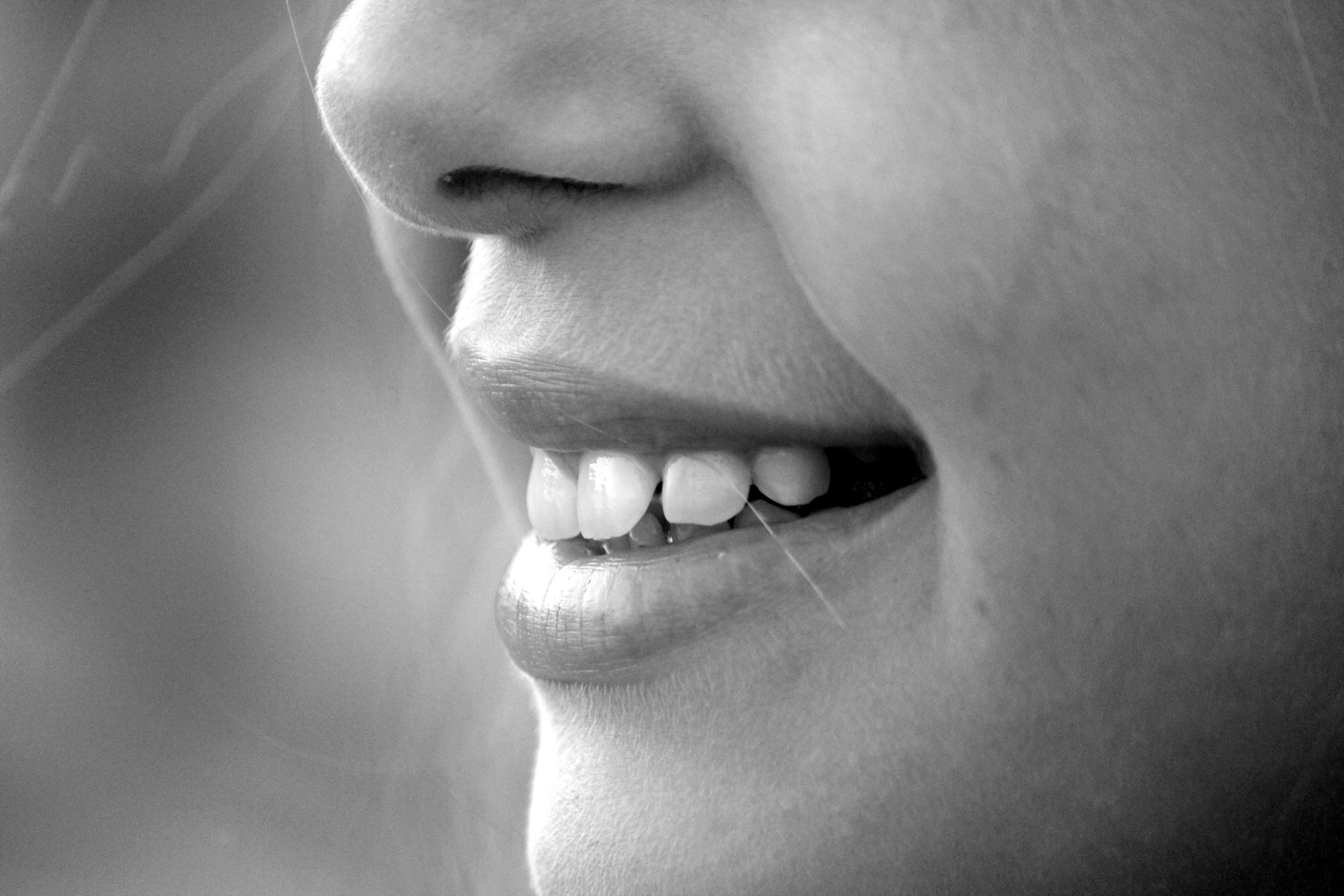
Orofacial Myofunctional Therapy
Myofunctional therapy treats the underlying dysfunction of chewing, breathing, and swallowing and helps to correct poor oral and tongue posture through neurologic re-education. There are more than 30 clinical markers (including TMJ disorder) of an orofacial myofunctional disorder- early prevention is KEY!
Do you need myofunctional therapy?
1. Eliminate or minimize oral habits
2. Establish nasal breathing
3. Achieve lip competence
4. Attain a palatal tongue rest position: anterior and posterior
5. Activate the back of the tongue so the whole tongue is in the palate
6. Tone the pharyngeal muscles
7. Promote function posture training (head and neck posture)
Goals of Myofunctional Therapy
Do you identify with any of these clinical markers correlated to dysfunctional oral patterns
Mouth Breathing
Open mouth posture
TMJD (Temporomandibular Joint Dysfunction)
Clenching and Bruxism (teeth grinding)
Tongue Thrusting - (tongue pushes forward into your teeth when you swallow)
Tongue tie or Lip tie
Difficulty Swallowing
Poor oral habits/parafunctional activities- nail biting, cheek biting
Inability to masticate food properly, open mouth chewing
Facial muscle dysfunction
Weak, tight, or overactive masseter muscles
Speech misarticulations
Enlarged tonsils and adenoids
Sleep disorders/Sleep apnea
Low resting tongue posture
Snoring
Malocclusions
Cavities and gum disease
Changes in saliva quantity and quality
Restricted maxilla/High Palate
Tongue scalloping
Craniofacial dysfunctions
Allergic shiners, venous pooling (dark circles under eyes)
Eustachian tubes dysfunction
Facial Aesthetic changes
Macroglossia
Abnormal breathing
Tinnitus
Sensitive gag reflex
History of orthodontics or repeat orthodontics
Forward Head and Neck Posture
ADHD
Frequent congestion
Asthma or other breathing issues
Anxiety
Incorrect swallowing may be linked to GERD
Oral tissue irritation
Lack of Lip seal (mouth breathing) may lead to occlusal dysfunction

